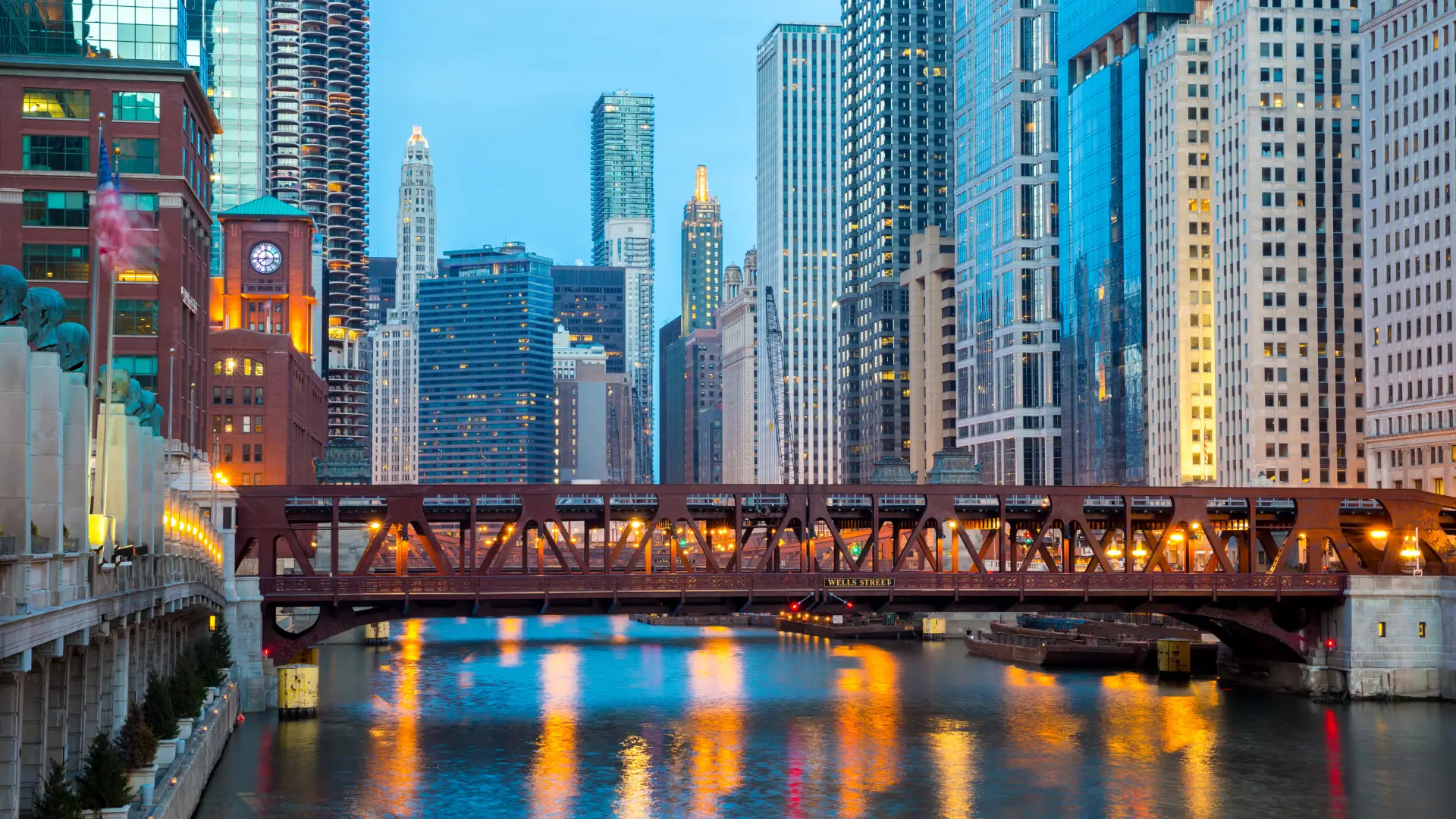In the annals of engineering marvels, few stories capture the imagination quite like the reversal of the Chicago River. This audacious feat, aimed at protecting the city’s drinking water and transforming its environmental landscape, is a tale of visionary leaders, relentless challenges, and groundbreaking ingenuity. Let’s embark on a journey through time to understand how the Chicago River was reversed and meet the characters who played pivotal roles in this incredible saga.
Our story begins in the mid-19th century when Chicago was rapidly growing into a bustling metropolis. The city’s location on the shores of Lake Michigan provided ample access to fresh water, which was crucial for its expanding population. However, the Chicago River, which flowed into Lake Michigan, became increasingly polluted due to industrial waste and untreated sewage being dumped directly into its waters.
The health hazards were dire. Outbreaks of waterborne diseases like cholera and typhoid fever were common, claiming thousands of lives. The need for a solution was urgent, and the city’s leaders began to search for a way to protect their vital water source.
Enter Ellis S. Chesbrough, a visionary engineer appointed as Chicago’s chief engineer in 1855. Chesbrough had already made significant contributions to the city’s infrastructure, including the design of its sewer system. He proposed an ambitious plan: reversing the flow of the Chicago River so that it would no longer carry pollutants into Lake Michigan.
Chesbrough’s idea was bold and unprecedented. It required creating a new channel that would divert the river’s flow away from the lake and towards the Des Plaines River, eventually leading to the Mississippi River. This would ensure that Chicago’s sewage would no longer contaminate its drinking water supply.
In 1889, the Illinois General Assembly created the Sanitary District of Chicago, tasked with carrying out Chesbrough’s plan. Leading the effort was Rudolph Hering, an engineer known for his expertise in urban sanitation. Hering, along with his team, began the monumental task of constructing the Chicago Sanitary and Ship Canal.
The canal, stretching 28 miles and requiring the excavation of millions of cubic yards of earth, was one of the most challenging engineering projects of its time. Workers faced harsh conditions, including harsh winters and the need to blast through solid rock. Despite these obstacles, the project moved forward, driven by the determination to safeguard Chicago’s water.
On January 2, 1900, after years of grueling work, the canal was completed. The final step involved opening a series of locks and dams to reverse the river’s flow. In a dramatic moment, the waters of the Chicago River began to flow away from Lake Michigan, marking a historic triumph in engineering and public health.
This achievement not only protected the city’s drinking water but also transformed the region’s landscape. The Sanitary and Ship Canal became a vital waterway for transportation and commerce, further boosting Chicago’s economic growth.
The reversal of the Chicago River had far-reaching effects beyond its initial purpose. It played a crucial role in reducing the pollution of Lake Michigan and improved public health by curbing waterborne diseases. However, it also posed new environmental challenges, including the management of water quality and flood control.
In recent years, efforts have been made to address these challenges, with initiatives aimed at improving water treatment and restoring natural habitats along the river. The Chicago Riverwalk, a vibrant public space along the river’s edge, stands as a testament to the ongoing commitment to the river’s health and the city’s legacy of innovation.
The reversal of the Chicago River is a story of visionary leadership, engineering prowess, and unwavering determination. From the polluted waters of the 19th century to the thriving waterway of today, this monumental project showcases Chicago’s ability to turn bold ideas into reality. Through the efforts of engineers like Ellis Chesbrough and Rudolph Hering, and the perseverance of countless workers, the Chicago River was transformed, ensuring a safer and more prosperous future for the city.

In the annals of engineering marvels, few stories capture the imagination quite like the reversal of the Chicago River. This audacious feat, aimed at protecting the city’s drinking water and transforming its environmental landscape, is a tale of visionary leaders, relentless challenges, and groundbreaking ingenuity. Let’s embark on a journey through time to understand how […]

In the heart of the American Midwest, where the Chicago River meets Lake Michigan, lies a city of towering skyscrapers, bustling streets, and diverse neighborhoods. Chicago, known as the “Windy City,” rose from humble beginnings to become one of the largest and most influential cities in the United States. The story of Chicago’s growth is […]

In the heart of the vast American Midwest, along the southwestern shore of Lake Michigan, lies a bustling metropolis known for its towering skyscrapers, vibrant arts scene, and deep-dish pizza. But how did this dynamic city come to be called Chicago? The story of Chicago’s name is a rich tapestry woven with the threads of […]
No results available
Reset
In the annals of engineering marvels, few stories capture the imagination quite like the reversal of the Chicago River. This audacious feat, aimed at protecting the city’s drinking water and transforming its environmental landscape, is a tale of visionary leaders, relentless challenges, and groundbreaking ingenuity. Let’s embark on a journey through time to understand how […]

In the heart of the American Midwest, where the Chicago River meets Lake Michigan, lies a city of towering skyscrapers, bustling streets, and diverse neighborhoods. Chicago, known as the “Windy City,” rose from humble beginnings to become one of the largest and most influential cities in the United States. The story of Chicago’s growth is […]

In the heart of the vast American Midwest, along the southwestern shore of Lake Michigan, lies a bustling metropolis known for its towering skyscrapers, vibrant arts scene, and deep-dish pizza. But how did this dynamic city come to be called Chicago? The story of Chicago’s name is a rich tapestry woven with the threads of […]
No results available
Reset© 2024 CatholicBusinessDirectory